 Fledgling Coal Tit
Fledgling Coal Tit
Image source: our awesome customer Joanna Macdiarmid!
It can be bittersweet for you as feathered-family fosterers, when you’ve spent weeks lovingly watching baby blue tits or great tits grow up in your garden bird box. Then, all of a sudden, the bird box camera screen shows a chickless flick: they’ve all fledged. No more Tweety TV on the ‘B.B.C.’...
What happens to the wee ones after they’ve left the nest? Where did they go? Can they fly off straight away? What should you do if you find a fledgling on the ground?
And… can you still keep an eye on them?

Fledgling Coal Tit
Image source: our awesome customer Joanna Macdiarmid!
Winging It
The first eggciting cycles of your garden bird family have passed. You remember the moment you spotted a pair of parents-to-be choose your bird box as their home, and how they built the nest to lay and brood their eggs. You saw the first hatchlings peep their purdy li’l beaks out of their shells. Eventually, they started stretching their wings bit by bit.
You got to witness them grow round and fluffy in there.
And now.. nothing but some sprigs in the box, the occasional bug, a few feathers left behind.
The birds have left the building!
Most fresh fledglings aren’t yet able to fly far, or at all, but will have winged it out of the nest nonetheless.
Some of you were lucky enough to observe the Great Fledge. It’s thrilling to watch every time. Just have a look at this video, filmed from within the bird box by the wonderful BBC Springwatch:
Empty Nest Syndrome
Getting Feathered Footage withdrawal symptoms? Good news: there’s a big chance your bird babas are still hopping about your garden. You can spot the fluffy floofses flapping around ground level, practising flight.
Nestlings leave the nest in bursts, often encouraged by their parents. It can be quite the clumsy sight: only a rare few take to the wing instantly. A lot actually tend to fall out, as they can’t fly at all yet.
 Blue Tit Parent Popping In To Encourage The Fledge
Blue Tit Parent Popping In To Encourage The Fledge
Image source: our awesome customer Joanna Macdiarmid!
Once fledglings, they don’t return to the nest. Parents might have a second brood there or return the next year. Otherwise, other parents or species benefit from the space.

A Nestling About To Become A Fledgling
Image source: our awesome customer Joanna Macdiarmid!
The awkward-looking young ‘uns may be feathered, but they need several days on the ground until their feathers and wings have fully developed. And so they practise away, learning to tell their flappers from their flops.
 Young Robin (No Red Chest Yet)
Young Robin (No Red Chest Yet)
Image source: our awesome customer Joanna Macdiarmid!
In the meantime, busy mom & pops stick around to watch over them. They warn and guide their babbies to safe places as much as they can, and still provide them with big juicy caterpillars and other maggoty meals. Besides flying, fledglings need to learn where to find food, how to spot danger and fend for themselves. They’re also figuring out how to form social relationships, and getting a good eye for future breeding territory. And, of course, they’re learning how to ‘sing the song of their people’. But firstly, whilst they’re still so utterly vulnerable and lacking skills, they need to know where to hide fast.
Did you know some fledglings, that can’t run or fly yet, go completely motionless as a defense strategy?

Young Robin (No Red Chest Yet) Sitting Super Still To Try And ‘Hide’
Image source: Toughlittlebirds.com
Danger, Danger
But isn’t that all terribly dangerous? Yup. During this phase, the mortality rate is extremely high. Almost half of these flight apprentices don’t survive the first two weeks outside, especially once they’re left to their own devices. Competing siblings, injury, disease, and hungry predators such as cats, badgers, foxes, weasels and crows make it one of the most dangerous times in a bird’s life.
 Baby Blue Tit, Not Fully Developed Yet
Baby Blue Tit, Not Fully Developed Yet
Image source: our awesome customer Joanna Macdiarmid!
But staying in the nest would naturally be even more dangerous. The older the nestlings get, the more likely predators get a whiff of ‘where it’s at’. And they’re merely trying to survive as well, with all their might. Intelligent predators will note parental movement, smell and sounds around the nest. It would only be a matter of time before they break in. Open nests are obviously much more vulnerable than man-made bird boxes with protective entrance plates. But it’s simply the birds’ instinct to fly out, scatter the family into multiple hiding places, and move on. Speaking of moving on: the sooner the youngsters grow up and can live independently, the quicker the parents can start brooding a new nest, or fatten themselves up to prepare for winter. It’s all about survival.
Found A Fledgling?
Take a breath! In most cases, it’s best if you do nothing at all, except stare at it in wonder, from a safe distance. Fledglings can look incredibly silly, but that’s normal (just think of what our teenagers can look like). They still have a good bit of growing to do.
Usually, the parents aren’t far away, they check in on them every few hours. A good sign is if the fledgling is still calling out for them. Only if you are 100% sure that it might be sick, injured or abandoned, when it definitely hasn’t been visited in over 24 hours, and it looks severely underdeveloped (no feathers at all or only a few), you can consider taking action.
 Baby Blue Tit, Still With Gape
Baby Blue Tit, Still With Gape
Image source: our awesome customer Joanna Macdiarmid!
You can only carefully interfere if it clumsed itself directly onto a very dangerous location, such as in the middle of a road ..or waddling straight into a cat’s range!
How to intervene if the baby bird looks sick, injured, has no or barely any feathers, or hasn’t been visited by his parents in over 24 hours? Always check in with your local wildlife rehabilitator first, such as your local vet, the RSPCA, or the Scottish SPCA if you live in Scotland. They can give the best advice, adapted to the situation, location, and type of bird, and should come to the rescue where needed.
When in a directly dangerous location and no parents are to be seen, it can be picked up gently, or slowly chased to a safer location nearby.
Here is what to do when you find a baby bird.
The last thing you want to do, is make it worse. Placing a fledgling too far away can cause the parents to lose the babe’s location, for example. There’s also a big risk the parents might abandon it if it has come in contact with humans, so always make sure to be absolutely sure. It’s well-intended, but don’t accidentally kill with kindness!
Keep Watching
Besides awwing at the young tweeters from your window seat or lazy garden lounger, there’s no reason why you couldn’t also still keep track of them via video! There are plenty of nifty camera options to install so you can watch their adventures from your TV or mobile devices as well. Have a look at some of our outdoor cameras.
As an alternative, one of our customers very cleverly installed a mini pinhole camera. This camera originally wasn’t designed for outdoor usage, but our crafty customer secured some waterproof housing around it and mounted it outside. The results tweet (and stoat) for themselves:
How about feeding them while you’re at it? A bird feeder camera, with or without camera, makes for a lovely extra garden show to sit down for with a cuppa. Check this handy guide if you want to install a camera with your bird feeder.
Watch this space too, for we’ll soon have some beautiful bird baths on offer here as well.
Anything to help the birds live comfortably. May their flailing turn into fast flying, without fail.
And hopefully, we won’t miss a thing!




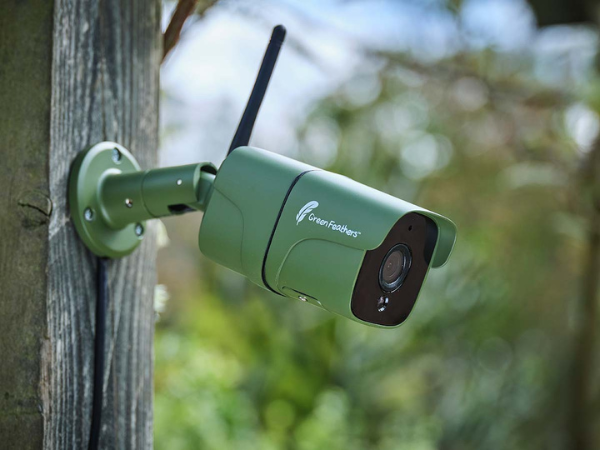
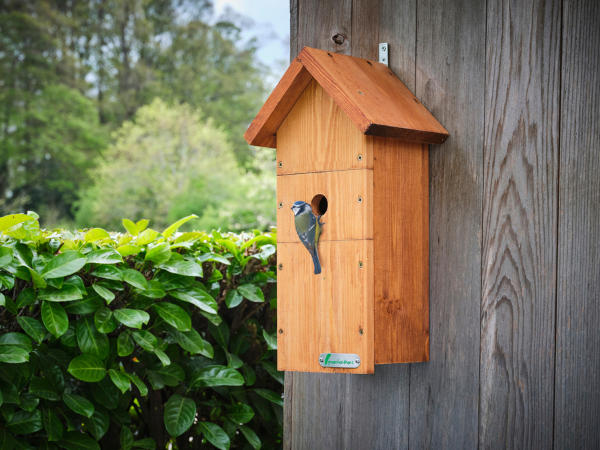
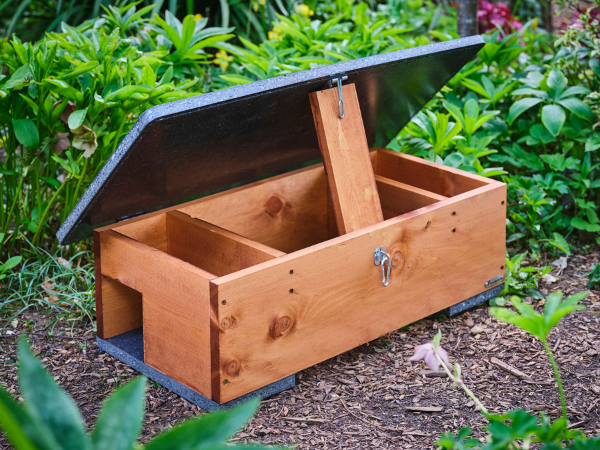
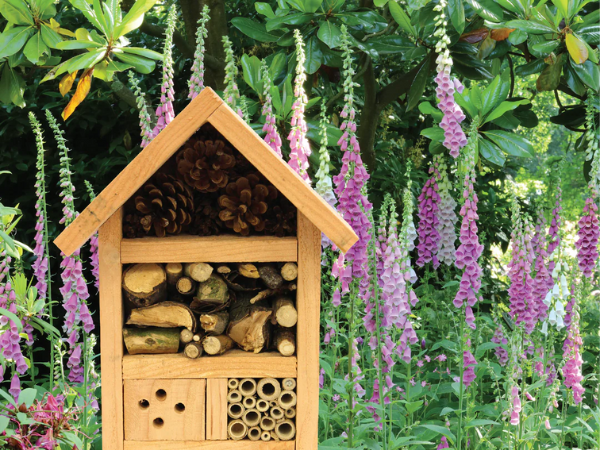
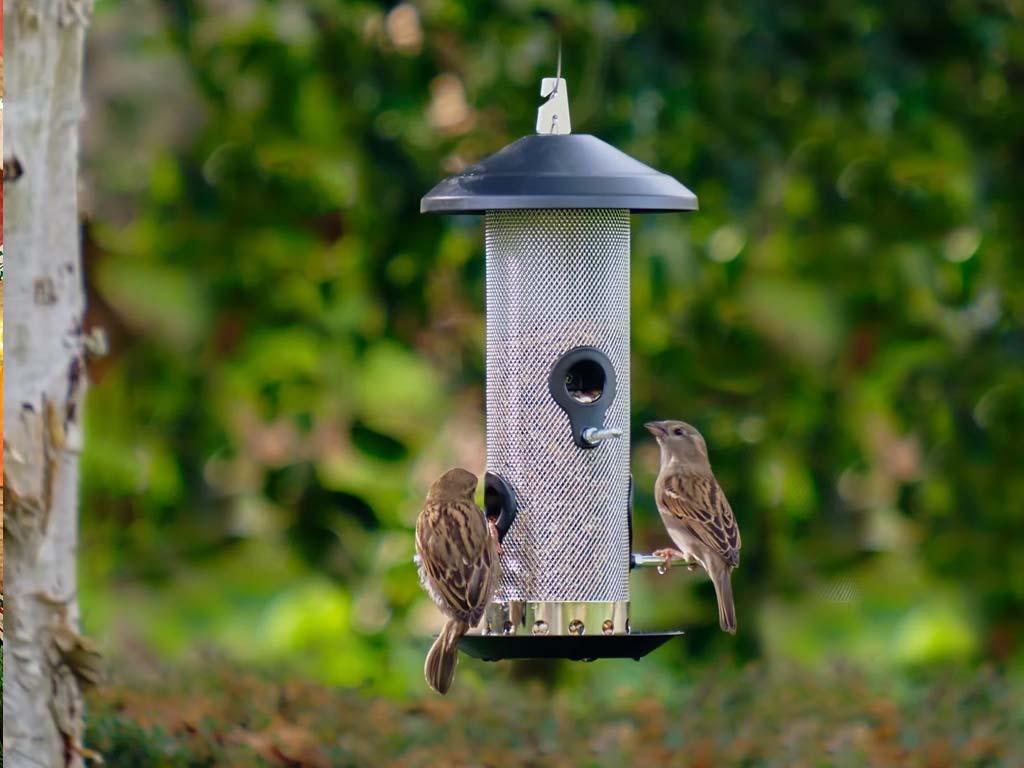
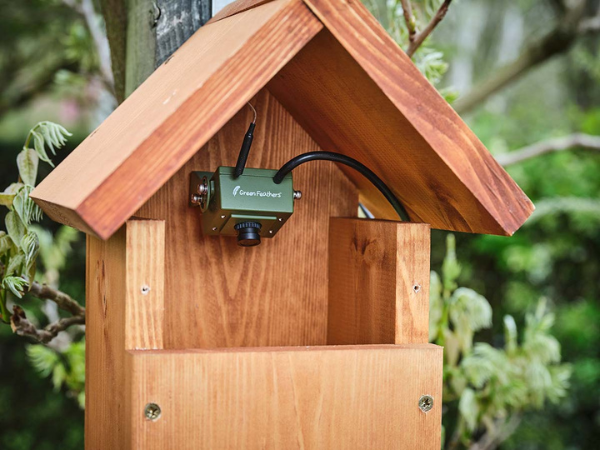
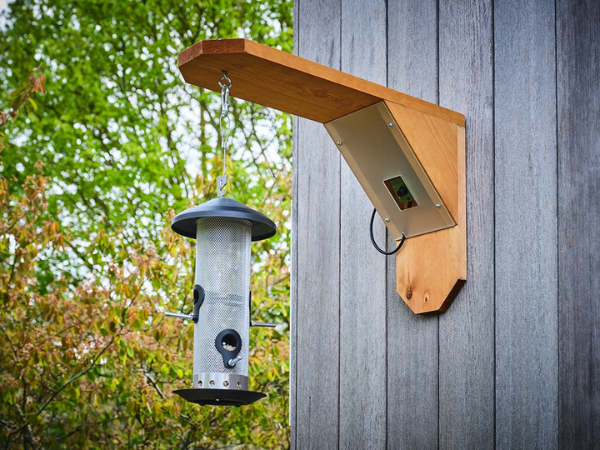



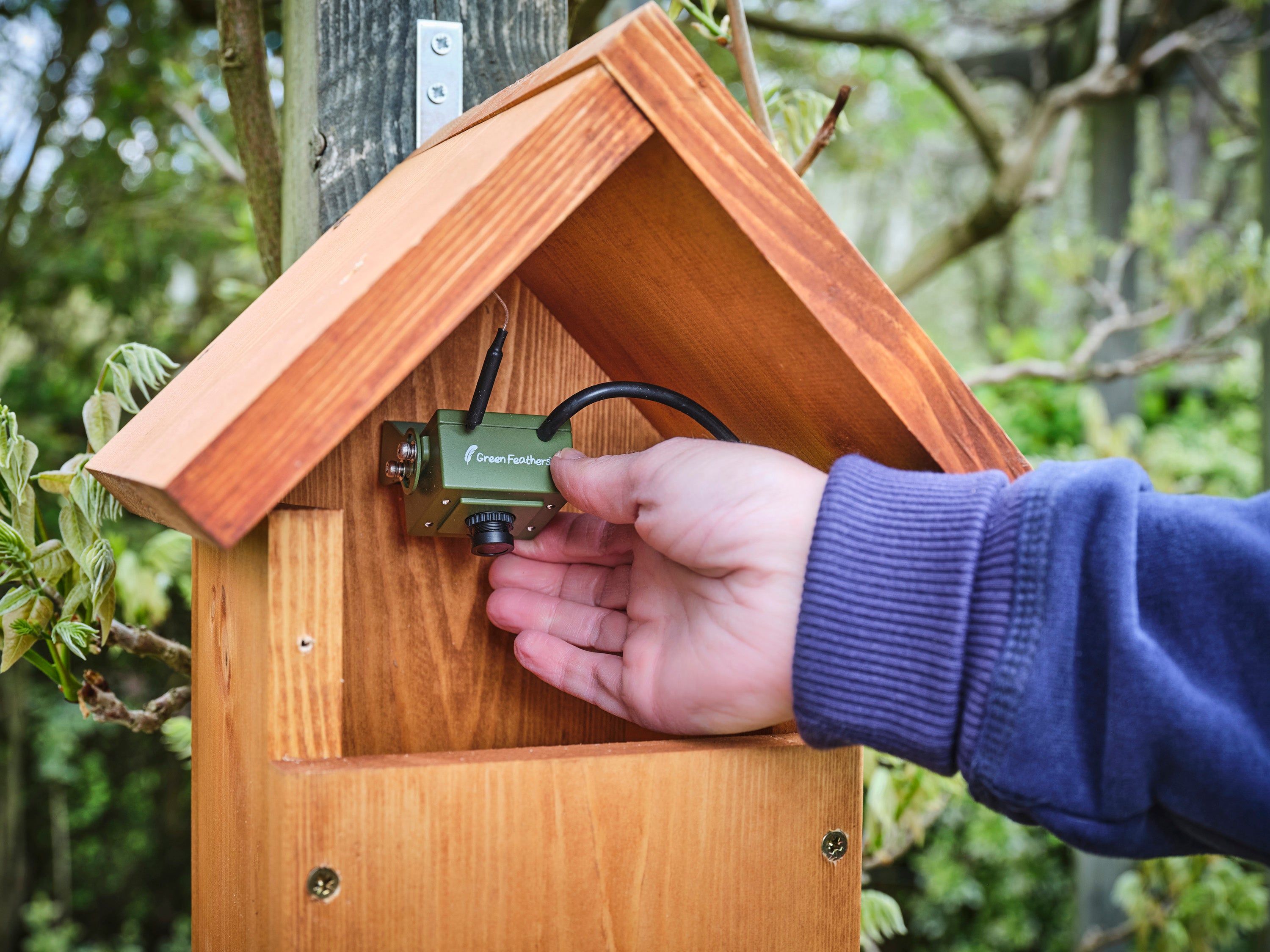
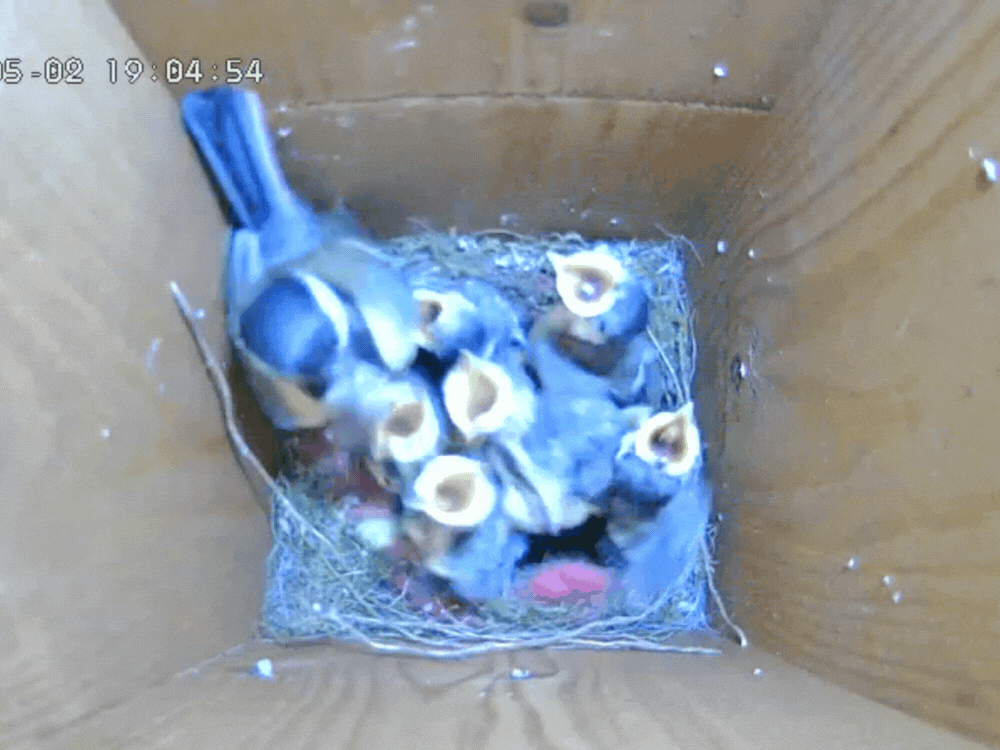






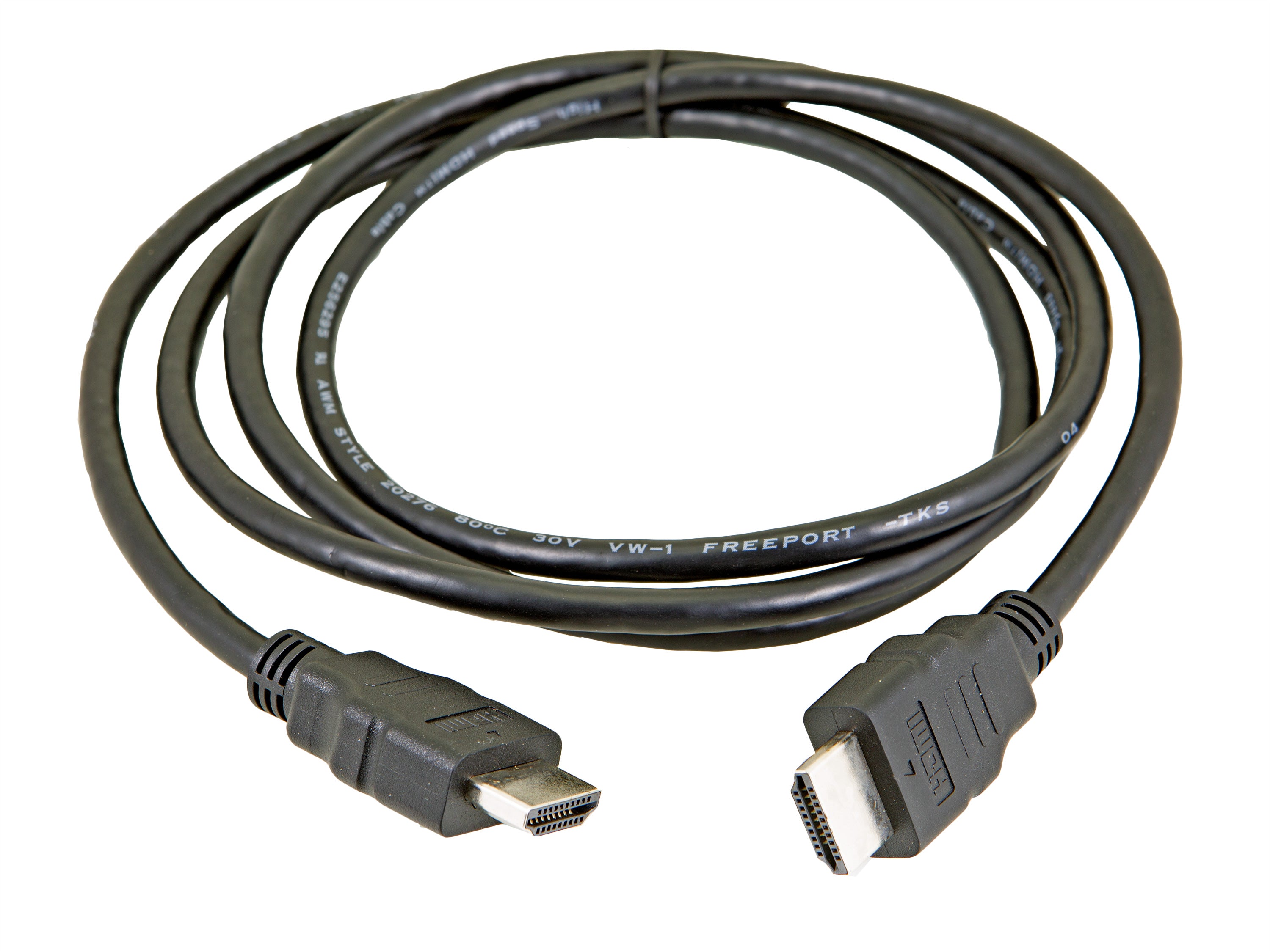
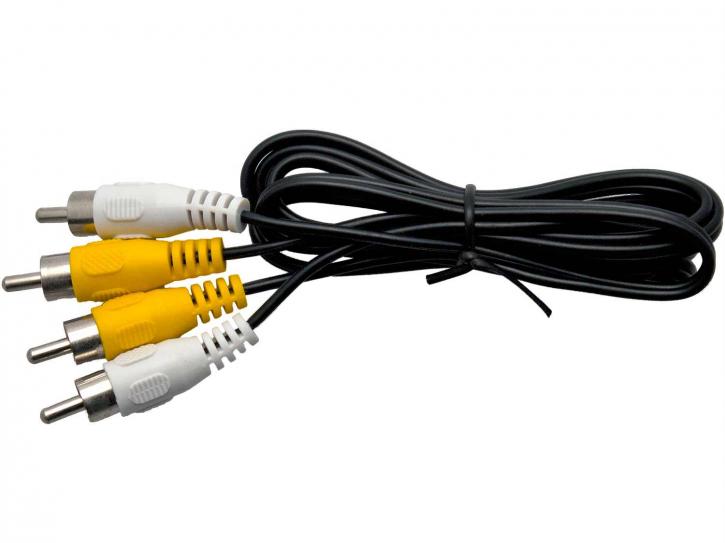
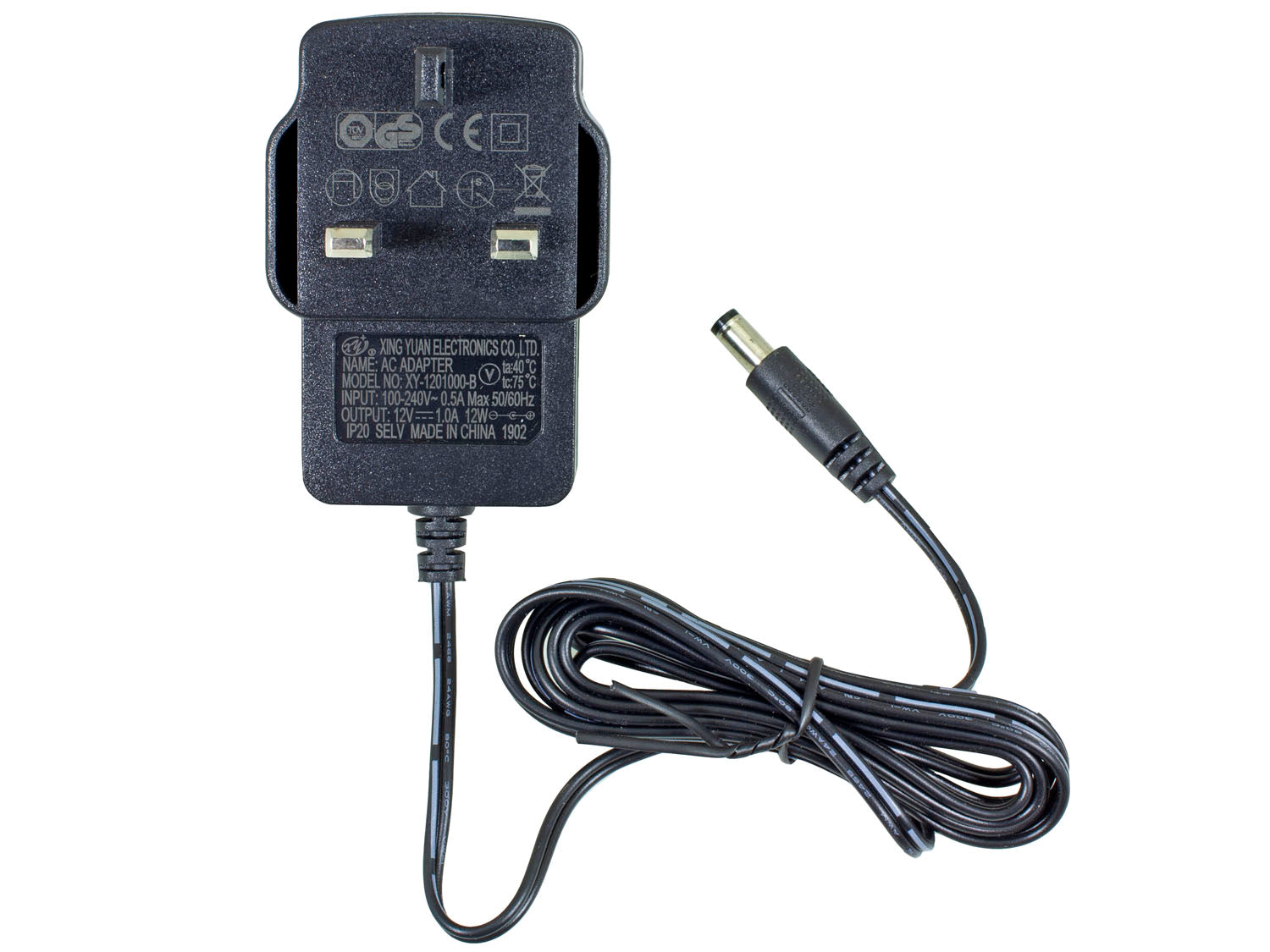
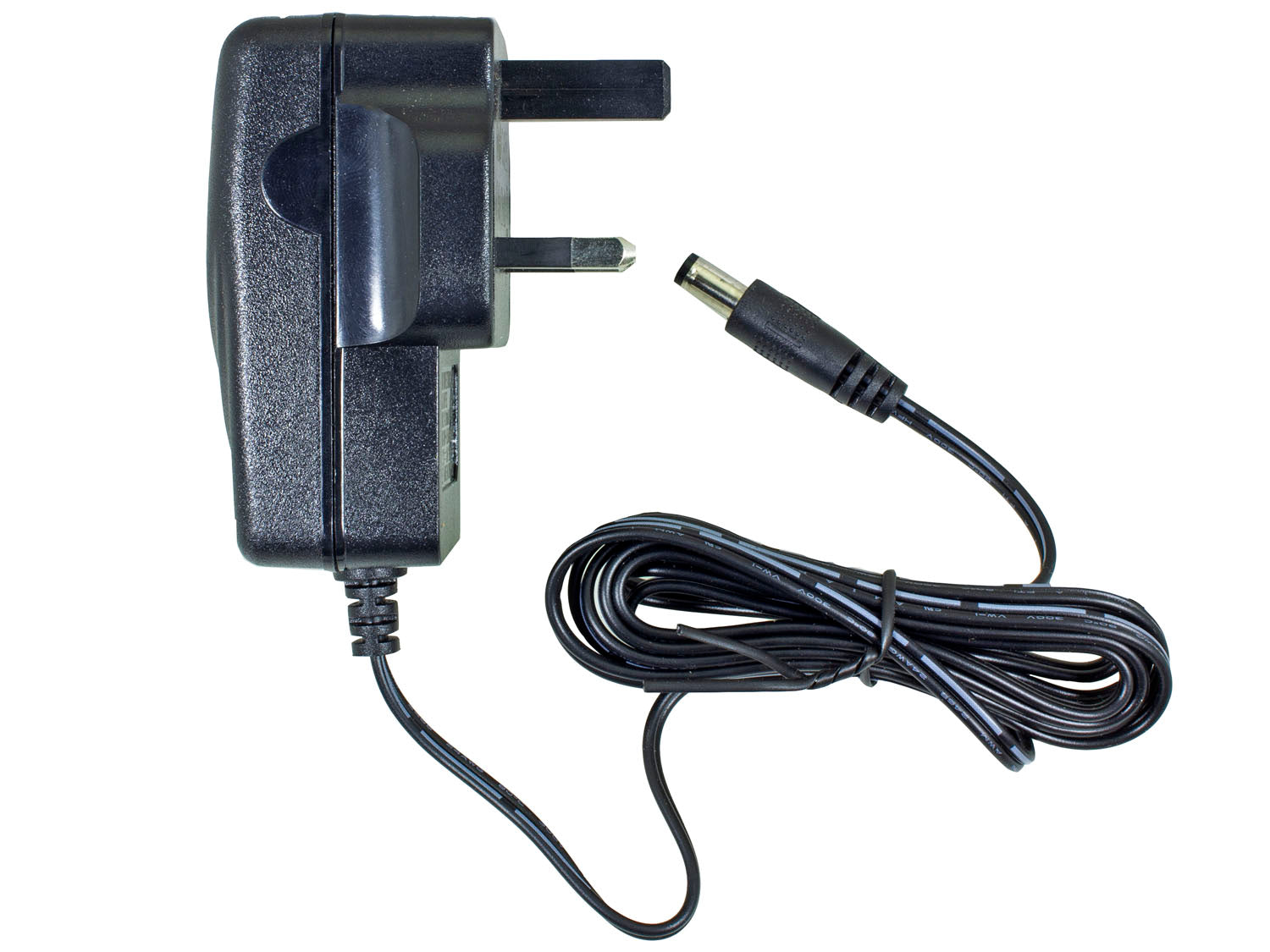
The first brood of Great Tits fledged yesterday from their regular bird house abode facing our kitchen door from the back garden. I missed the first few but was surprised to see that three chicks in succession were able to easily cover the 2.5 to 3 metres distance, and slightly upwards, into the vine running along the eaves above the door. Perhaps even more interesting was that, when a parent arrived and perched by the nest hole, one of the chicks on the ground was able to fly directly upwards a good 2 metres to join the adult and beg for food. The adult then took off and the chick promptly popped back into the nest box! The adult then returned with a caterpillar and tried repeatedly to entice the youngster out, without success, before going in and then exiting alone. I missed what happened next but they had all disappeared a short time later.
Can you help. Sister-in-law had blue tits hatched in box with camera inside. Chicks only had down feathers, but nothing was left the the following day. Mum and Dad have been back with food in there mouths (8 eggs hatched, nothing left). Could an animal or bird have taken them.
Have found a baby great tit/ blue tit in our garden, don’t know how to look after it. Found a parent bird dead nearby, looks like it has been killed by the neighbours cat. Please advise how to care/ what to do with it.
Maybe my blue tits fledged I really don’t know! But I am concerned that maybe you can mow too close to the box and they left? Please advise.
Have flowerpot xt recycling bags chick hatched no idea what type mother flies past kitchen door she I move door handle was five eggs no idea of amount of fledglings.will they b safe at waist level?